The Boy in the Striped Pajamas” is a classic anti-war genre film directed by Mark Herman and starring actors Vera Farmiga and Asa Butterfield. The film was released in 2008 and caused considerable discussion. The film gives the creators a special perspective to reflect on and criticize the war, which is saddening while shocking.
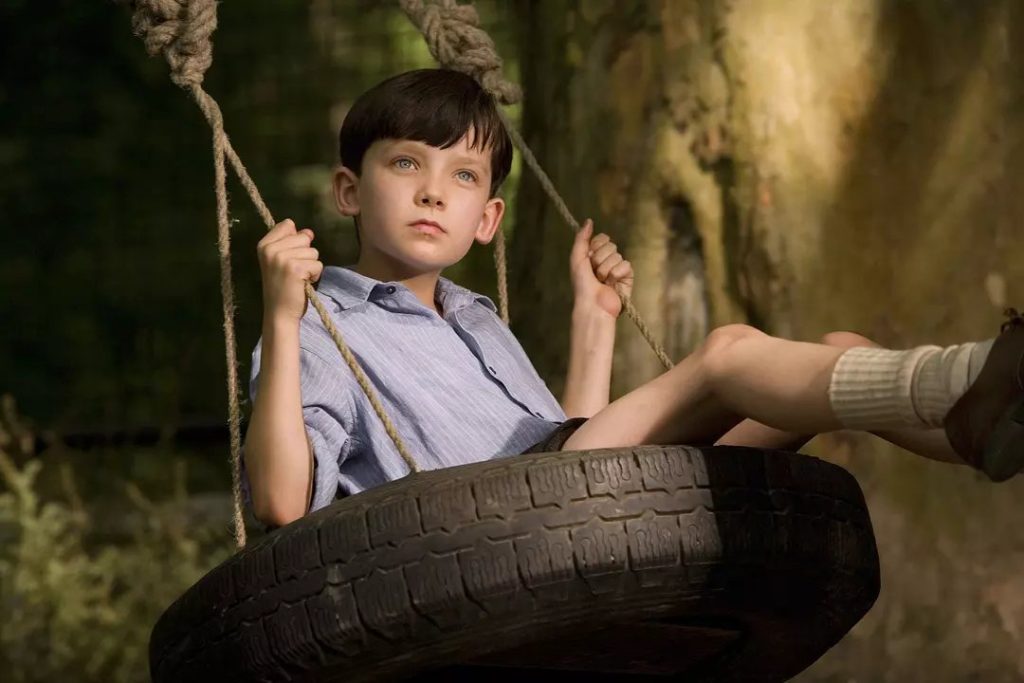
Based on John Byrne’s classic of the same name, this excellent film is set against the historical backdrop of World War II and tells the story of 9-year-old Bruno, who moves his family from Berlin to the vicinity of a Nazi concentration camp with his father, a Nazi officer, in 1943. For 9-year-old Bruno, there is nothing special about this place, except that life is rather monotonous and boring, and his daily pastime is to watch through the window the people surrounded by barbed wire walking around in their striped pajamas.
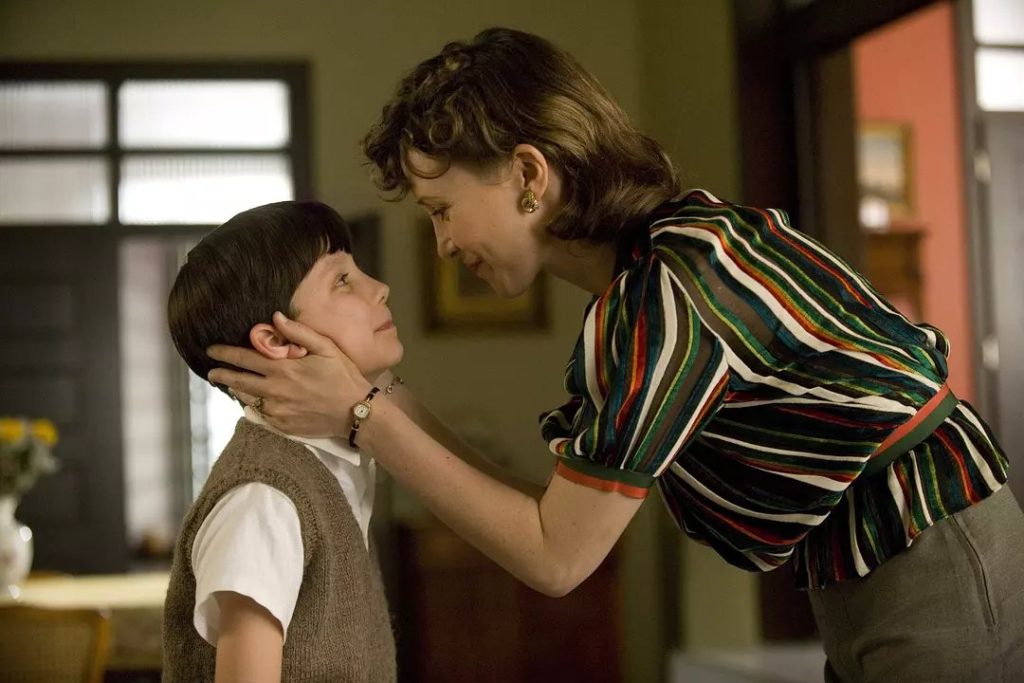
One day, Bruno left his parents’ instructions and started to play outside, and made friends with a boy from the camp, Shmuel. They played happily through the barbed wire and told each other about their lives. The life inside the fence arouses Bruno’s curiosity, so he puts on his striped pajamas and crawls under the fence into the camp, and his fate is changed.
In this film, the director describes the story in a special narrative way, using the narrative perspective of a child to observe the people and events in the film, and giving adults different thoughts through the change of perspective, thus enhancing the audience’s reflection and exploration of the cruelty of war and the evil side of human nature.

For Bruno, the main character in the film, he uses his innocence, kindness and purity to lead the audience to see the cruelty of the concentration camp, the lies of people and the inevitability of life, and ultimately the fate of the poor, which makes the audience have a strong empathy effect with the children and sympathy and emotion for their fate when watching the film.
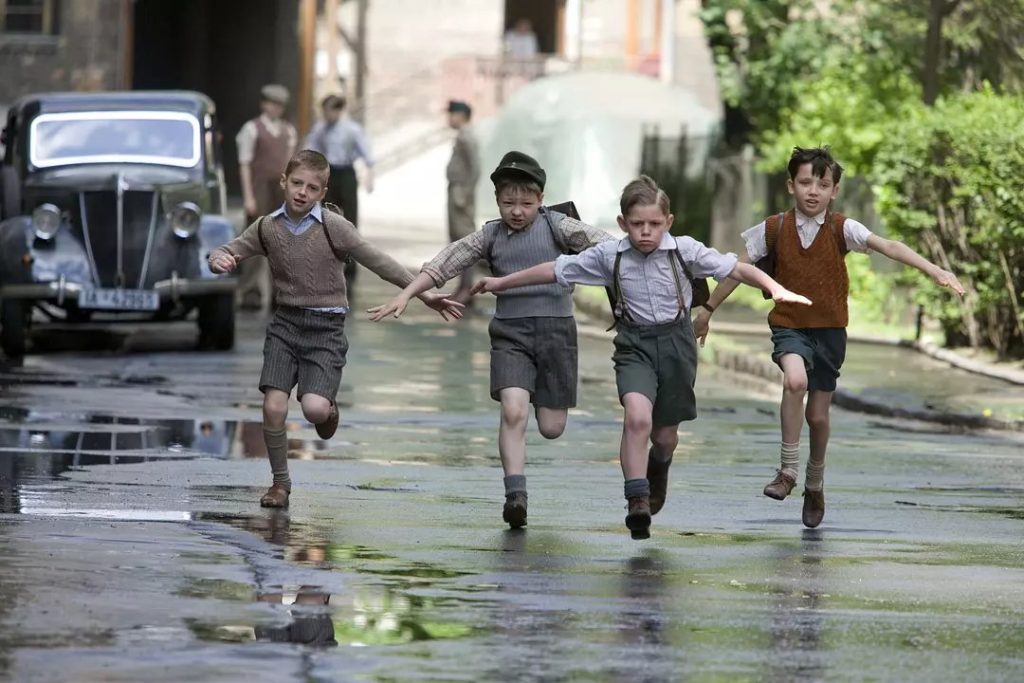
The film as a whole presents a sense of pathos and vicissitudes of history during the war years, and the director portrays the heaviness of the film through clever camera language and scene reenactment. The use of a series of long-distance shots contrasts the blue sky and the innocence of children with the cold-bloodedness of the Nazis, and further highlights the coldness and ruthlessness of the characters’ faces through close-ups.
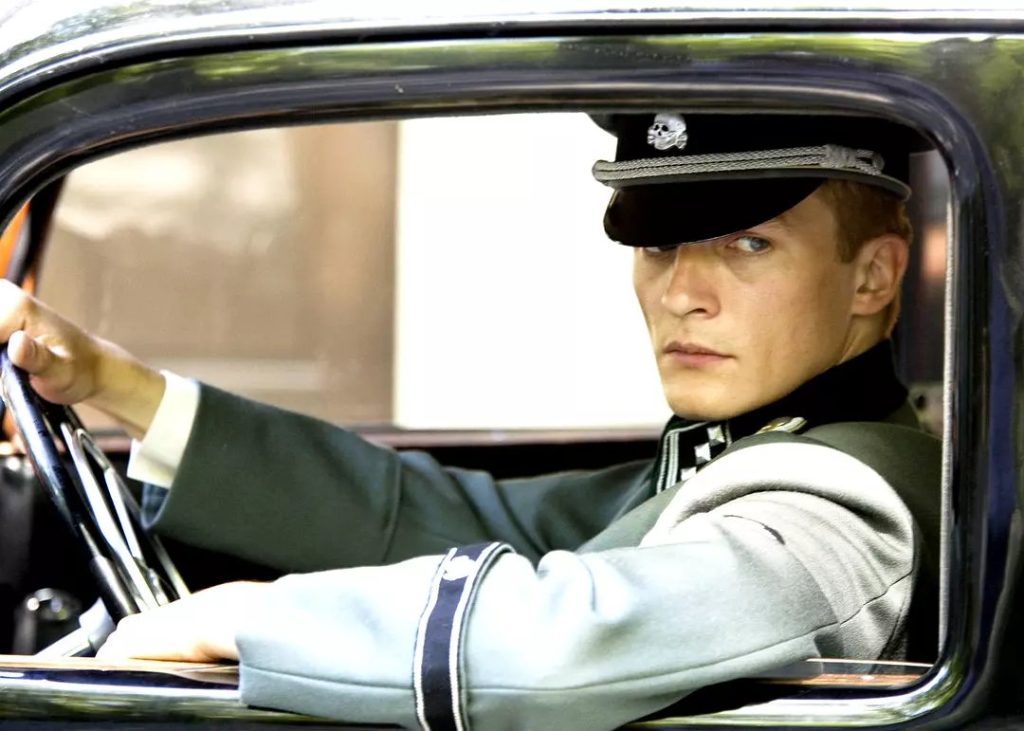
At the same time, the director’s portrayal of Bruno’s encounter in the film not only shows the ideological connotation of anti-war, but also hides a trace of irony and criticism of the lies in human nature behind the whole tragedy of Bruno. The film uses one lie after another as a narrative node to link up Bruno’s journey to death. When the viewer looks back, he will find that it is the lies after lies that make this innocent boy step by step towards the abyss of fate, and the director shows people another kind of evil behind the war with cruel images.
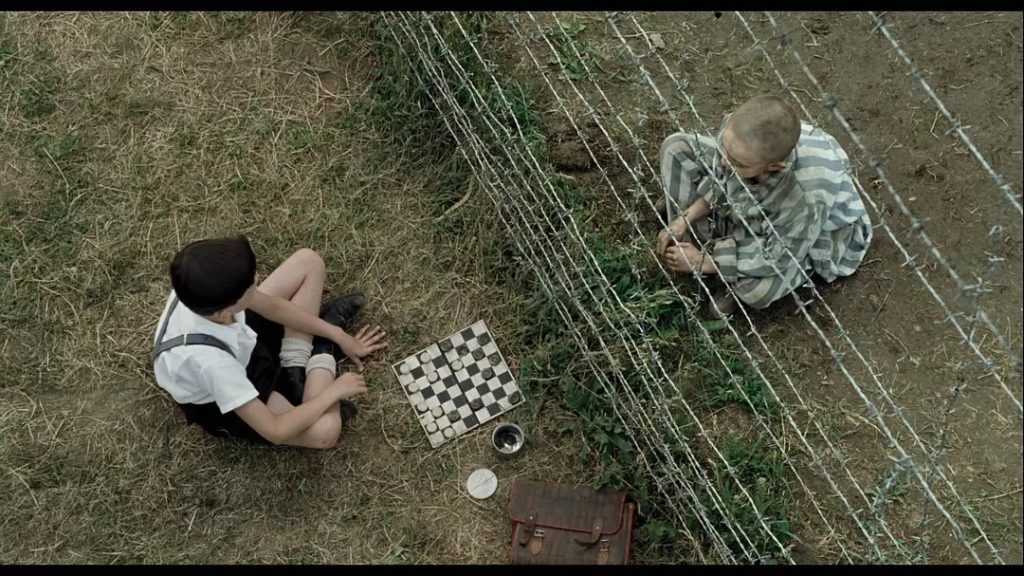
Throughout the film, “The Boy in the Striped Pajamas” narrates what a boy sees and hears in a way that is different from the traditional war genre films, and brings a stronger emotional resonance to the film through a clever shift in perspective. The film’s sophisticated camera language and excellent narrative structure not only show the brutality of World War II to the fullest, but also lead people to rethink and recognize the human nature behind the story from the perspective of humanistic concern, so it can be said that the film is not only an anti-war film, but also a far-reaching interpretation of human nature.
